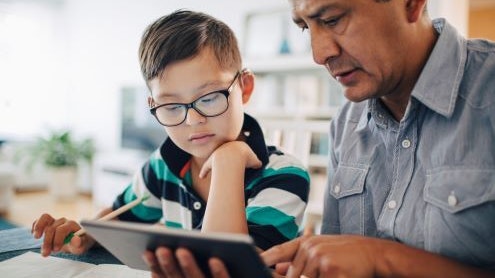Homepage
•
Learning Library
•
Blog
•
4 Ways To Use Tech To Create a Culturally Responsive Classroom
Expand breadcrumbs
Expand breadcrumbs
- Learning Library
- Blog
- 4 Ways To Use Tech To Create a Culturally Responsive Classroom
- Homepage
- •
- Learning Library
- •
- Blog
- •
- 4 Ways To Use Tech To Create a Culturally Responsive Classroom
4 Ways To Use Tech To Create a Culturally Responsive Classroom
By Jerry Fingal
December 22, 2021








